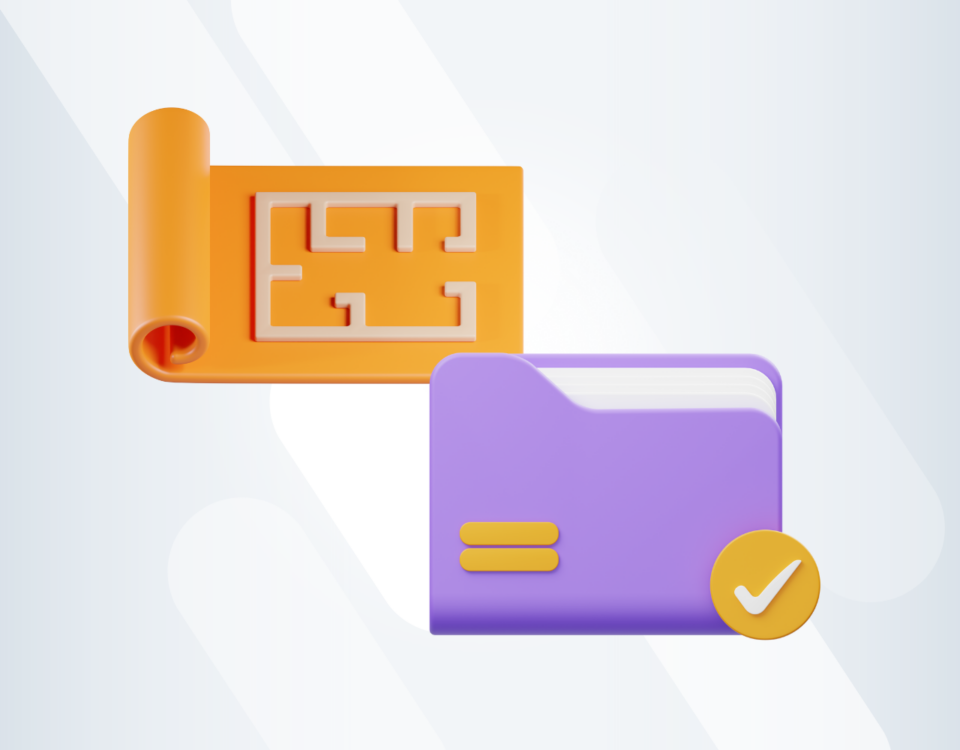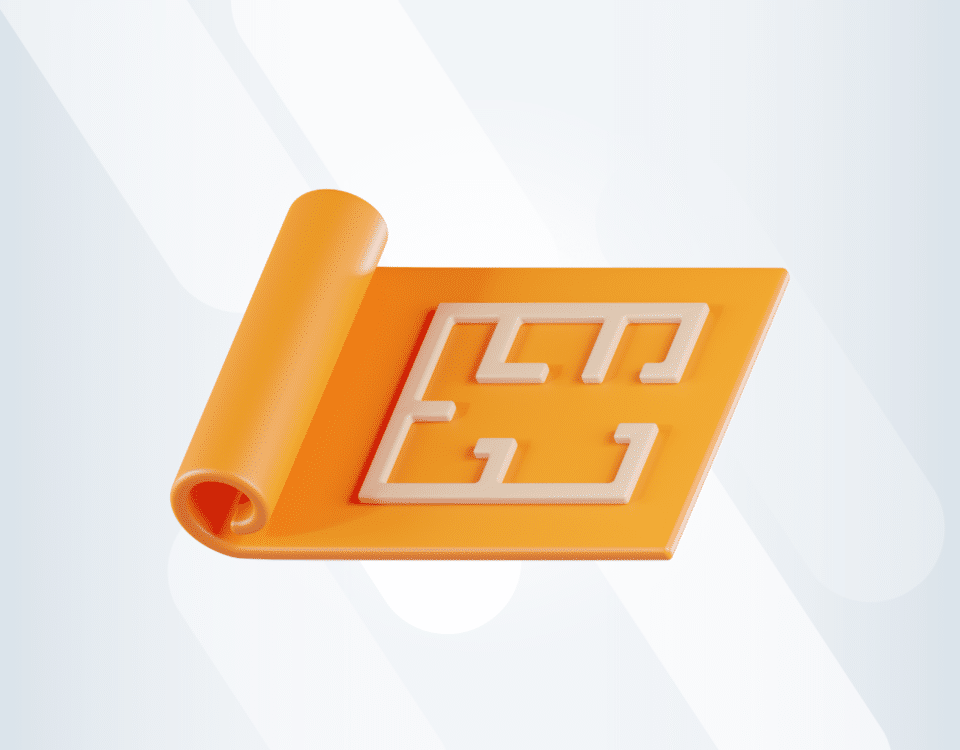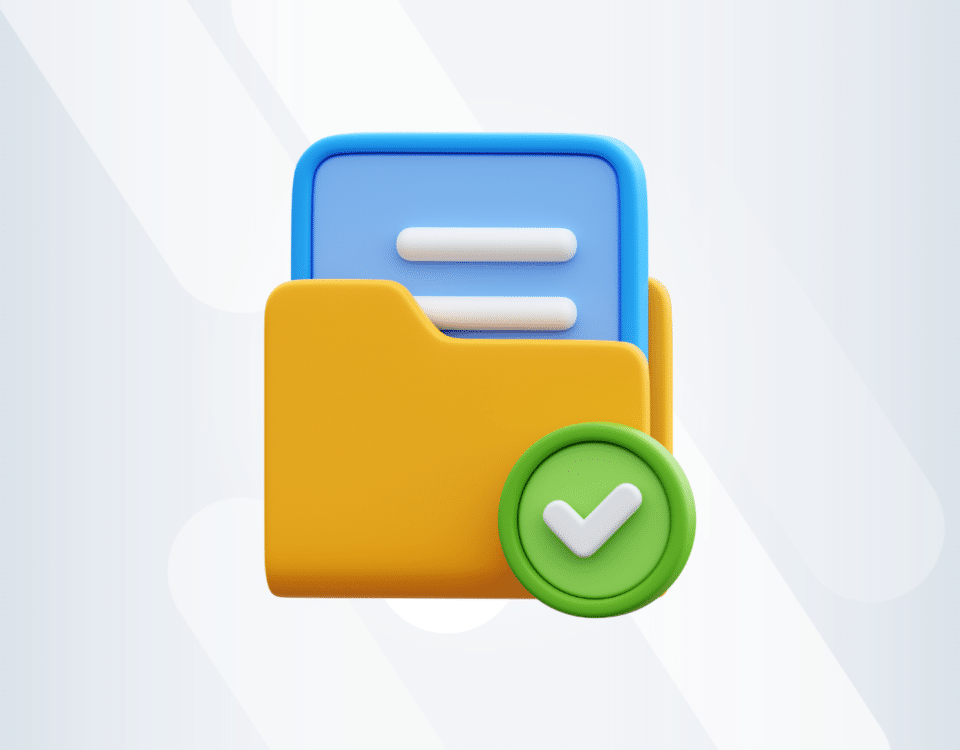Construction Tips, News & Best Practices
Construction Cash Flow Problems Killing Your Business? [Solved]
Check out our recent roundup of the best 12 construction accounting software and tools to find out how tech can help reduce your cash flow worries.
Cash flow problems in construction are everywhere. Even the most established contractors at some point have to work out how they’re going to fund a project between contract and payment.
Materials, tools, sub-contractors and staff all expect payment for their work. But as far as many clients are concerned, that’s not their problem until the work is complete.
In practice, this means contractors often work at risk, stumping up the funds for a project in the hope the client will pay on time. But if they don’t, you could easily find yourself up the creek without a digger. So, what’s the solution?
What are the biggest cash flow problems in construction?
In many industries, expenses and payments come in and out at a fairly predictable pace. That means the amount spent and the money made can be closely aligned. In construction, the situation is much more complex:
-
Long payment terms
In construction, the gap between work completed and work paid can be uncomfortably vast - with some clients insisting on payment terms of up to 90 days.
This often means contractors have to effectively fund projects themselves before payment is received.
-
Too many variables
Construction projects are infamously complex. Expenses can include materials, tools, subcontractors, employed labour and much more – each with its own payment cycles and timelines.
Balancing your books and getting these payments to line up can be a real challenge.
-
Budgets get forgotten
Contractors put a lot of work into estimating their project budgets before the contract is signed.
But it’s easy for these budgets to fall off the rails once the project starts, due to change orders, unpredictable material prices and the availability of subcontractors.
-
Chains of payments
Projects often involve layers of contractors and subcontractors, each waiting upon the last for payment. The more moving parts there are, the harder it is to guarantee you’ll be paid on time.
-
Clients frequently hold back funds
While the ideal situation is to be paid ahead or during the project – this is often not the case. Many clients insist on holding back some or all of the funds until they’re satisfied the project is complete, further complicating cash flow.
-
Cash flow affects the clients you can take on
Construction cash flow problems affect the kind of projects you can take up. Large projects, even those with good profit margins, might be off limits if you don’t have the up-front capital to fund them.
All these challenges add up to make construction a uniquely tricky industry when it comes to cash flow. If these issues aren’t managed correctly, it can affect your ability to grow your business, break even and, ultimately, make profit.
It can often seem like the only way to succeed is to already have bags of cash lying around to invest in big projects. Luckily, that’s not the case – and there are other solutions.
Getting your house in order: Managing internal budgets
There are plenty of options available to contractors looking to manage their project costs, including loans, negotiated payment terms and much more. More on that below.
But before we get lost in the details of contracts and construction financing – it’s helpful first to pick the low-hanging fruit – or things you can easily control yourself. Here are a few tips for how to manage and reduce your internal costs.
-
Conduct a waste audit
It’s easy to lose track of expenses, whether that’s unnecessary subscriptions, tools or job costs.
One way to avoid this is to conduct a regular waste audit, perhaps once or twice a year. This involves carefully compiling all your expenses and assessing each on a cost/benefit level, to remove anything you don’t need.
-
Reduce overheads
Overheads can also be a huge drain on your finances. This includes any costs that aren’t project-specific like office rent and utilities, non-billable wages and insurance/fee costs.
Just with the waste audit, you should constantly monitor these to find opportunities to cut costs. Even when cash flow isn’t a big issue – this can help keep you flexible, agile and solvent when times get tough.
“A lot of my client base was decimated during The Great Recession. The ones that I remember that survived were the ones that kept their overheads low.”
Wade Carpenter, Carpenter & Company, CTAs
-
Diversify your client base
Diversifying your client base is a really important way to stay ahead. Different types of projects come with different payment cycles – some may spread payments across the project and others may offer only a fixed lump sum (often when the project is complete).
Try to strike a balance between high-risk, high-reward projects and more predictable jobs with fewer moving parts.
Managing your project costs
When it comes to managing the cash flow of specific projects, the situation starts to get a bit more challenging – since there are several variables outside of your control. But while this is more difficult, it’s not impossible – and there are steps you can take to manage your risk. Here are a few tips.
-
Report, report, report…
Perhaps the golden rule of working in construction is this: if you let costs spiral out of control, they probably will. So how do you avoid this? The key lies in budgeting and reporting.
- Track and report on job costs meticulously, including materials, tools, contractors and labour. It’s important to regularly compare the actual spend to your forecasts so you can spot issues before they drag you into the red.
- Implementing tight cost control measures can also help. Once you’ve defined your budget at the start of the project, you should aim to stick to it. Though things can and will change, it’s better to know your budgets need changing and have a backup plan than to not realise costs are spiralling.
- Hold regular meetings between accountants and project managers to review ongoing costs and identify risks. If, for example, material costs are higher than predicted, this will allow you to identify the issue and readjust the budget to accommodate.
“If there’s a change order with new adjustments to the initial estimate, say instead of 100 square feet of a certain tile, you now need 400 square feet of that tile…
You’re going to have to buy extra tiles and you did not estimate for that. So, are you going to have a change order for that 300, or are you going to have to eat the costs because you screwed up the estimate?
Those are two very different scenarios. But either way, your accounting team needs to know which one it is.”
Suzanne Cox, Saltmarsh, Cleaveland & Gund.
As Suzanne explains, there are several solutions when your budgets start to unwind. But whatever option you choose, everybody needs to be clear on the approach and adjust the expectations to accommodate.
Regular reporting, clear budgets and collaboration between project managers and accountants are the best way to keep a handle on this.
-
Set expectations
Clients: Can’t live with ‘em, can’t live without ‘em... In all seriousness, too much construction cash flow chaos results from clients not paying the right amount on time. So what’s the solution?
Communication and expectation management. It’s not sexy, but trust us – it does help. Here are a few pointers:
- Set clear payment terms – Whatever payment terms are used, make sure you and the client are very clear on what’s being paid and when. If using progress or milestone-based billing, be very clear about how they will be measured. This helps reduce ambiguity, so the client has no excuse not to pay.
- Create a process for change orders – Change orders are one of the most common causes of construction cash flow challenges. Set out a clear process for change orders in your contract, so clients know whether they’ll have to pay for changes.
- Offer incentives for prompt payments – Consider offering a small discount (perhaps 2-3%) for clients that pay early or up-front. Sometimes, the carrot is more effective than the stick.
- Follow up on overdue payments – Sometimes a friendly email to remind clients about their payment obligations is all it takes to get the money rolling back in.
In short, if you give the client an excuse to delay payment, there’s a good chance they will. So don’t.
-
Manage your costs
While we wouldn’t advocate regularly robbing Peter to pay Paul, sometimes a bit of flexibility from suppliers and subcontractors on monies owed can really help. Here are a few options:
- Spreading payments for suppliers/contractors over a longer period rather than in a lump sum can help manage cash flow.
- A ‘pay when paid’ model can also help balance suppliers and contractor costs if you’re still waiting for your payment. This means you only pay them when the client has paid you, reducing the amount of money you have to spend at risk.
- Payment discounts can sometimes be negotiated with suppliers for either early payments or bulk purchases – helping reduce overall project costs.
It can be easy to feel squeamish about asking for flexibility.
But ultimately, it’s the nature of the industry to work at risk – and any measures you can take to reduce that risk will make a big difference to your construction cash flow.
Not all suppliers will be willing to negotiate – but it doesn’t hurt to try.
Financing: Not a dirty word
Many contractors are wary of accessing credit or finance, seeing it as a slippery slope to bad finances and, ultimately, insolvency. And sure, that can happen - but there are plenty of sensible reasons to explore a construction-related loan.
Ultimately, there’s nothing irresponsible about needing to fund a project between now and when the client’s due to pay. Luckily, there are plenty of construction-specific loans designed to deal with precisely these issues. Here are some of the most important:
- Line of credit – This is similar to a business credit card, giving you a credit limit and only charging interest on money borrowed. This gives you quick access to cash in a pinch – and can be easily repaid once the client has settled their dues.
- Invoice financing – Invoice financing is a more specific solution that lets you essentially borrow some or all of the contract’s value up-front to fund the work, on the understanding that the loan is repaid in full when the accounts have been settled and the project is complete.
- Construction loans – These short-term loans, usually up to 18 months, are similar to bridging loans and are common in residential projects. They are designed to be repaid when the project is complete.
Whichever option you go for, loans can be a great way of keeping you solvent while you complete the project.
Archdesk: An end to construction cash flow problems once and for all
If you’ve made it this far, you’ll know by now that the solution to construction cash flow issues is rarely an easy one. Much of the time, it requires being scrupulous about your expenses and flagging anything that deviates from the plan.
If that sounds like a hellishly manual and time-consuming task… well it certainly can be. But Archdesk can help. Here’s how:
- Supplier Management: Store supplier information, order history and notes in one place to streamline the purchase process, help manage costs and keep track of outstanding payments.
- Reporting: Gain insights through custom dashboards and reports to help manage cash flow and track project budgets.
- Client management: Keep client information like payment dates and terms in one place so you know what’s coming in and when. This helps you quickly spot overdue payments.
- Subcontractor management: Store essential information, files, job history, and notes to accelerate tendering and keep track of different payment terms.
In short, Archdesk makes it easier to keep on track of what’s coming in and out, so you can identify and resolve issues before they ruin your budget.
And that, after all, is the key to getting on top of your cash flow issues once and for all.
Want to find out more? Book your demo today to get started.
Frequently Asked Questions (FAQs)
How to do a cash flow for a construction project
To manage your construction cash flow, implement the following processes: 1) Report regularly on costs and payments, 2) Set clear expectations on payment terms with clients, 3) Consider spreading or delaying payments and 4) Get the right technology to help.
What are 3 problems caused by poor cash flow?
Construction cash flow problems cause several issues, including 1) Failure to make payments 2) Struggling to grow the business 3) Reducing your profit margins and risking insolvency.
What are the mistakes in cash flow?
The biggest mistake in cash flow is to not monitor or report on your costs. This makes it easy for your budget to spiral out of control without you realising, risking your profit margins and project stability.

Danny Mitchell
Head of Content Marketing
You might also like
February 29, 2024 • 7 min read
Utilizing the human-first approach to construction projects to drive higher results.
July 3, 2023 • 6 min read
8 Best Construction Drawing Management Software (2023): A Comprehensive Guide
Find all the information you need about the construction drawing management software tools available on ...June 14, 2023 • 6 min read
The 11 Best PlanGrid Alternatives (2023)
Looking for a great alternative to PlanGrid software? Check out the 11 best construction software tools ...June 14, 2023 • 4 min read
How to win at CIS 340 and make taxes a breeze
CIS 340 is a legal obligation for contractors. But getting it right isn’t straightforward. Want ...





